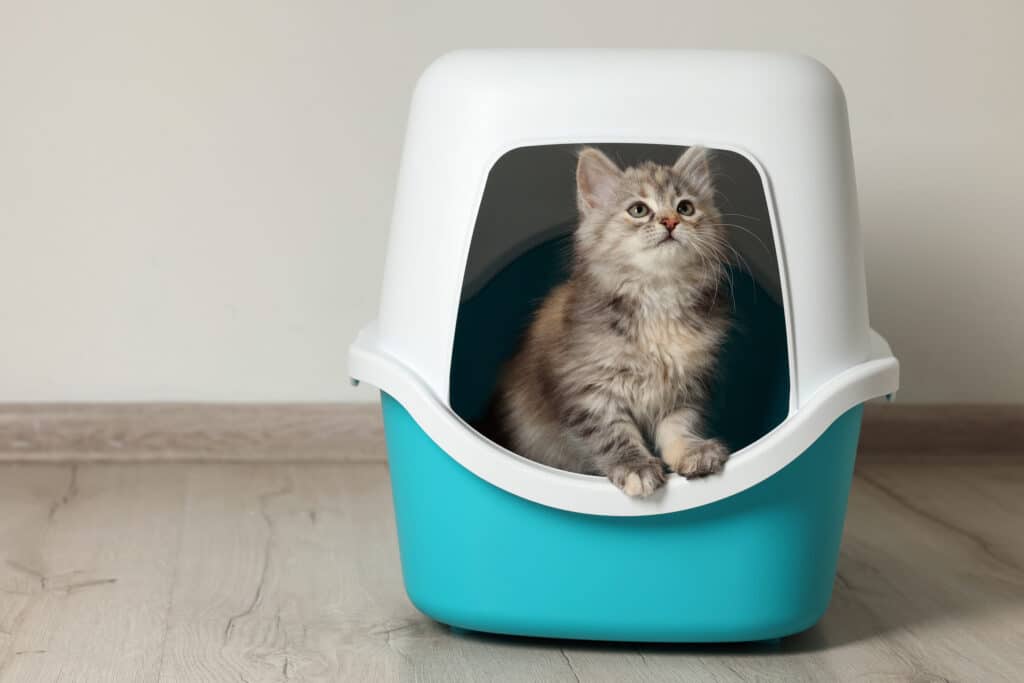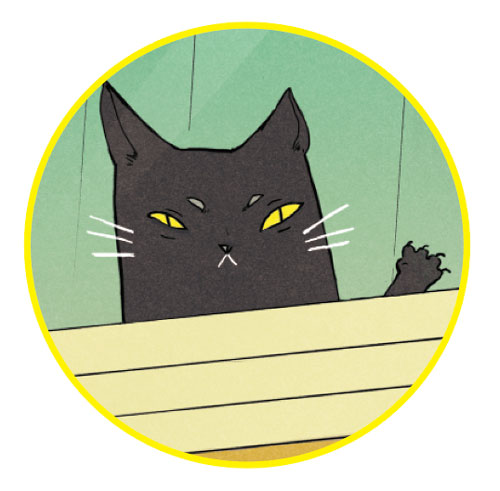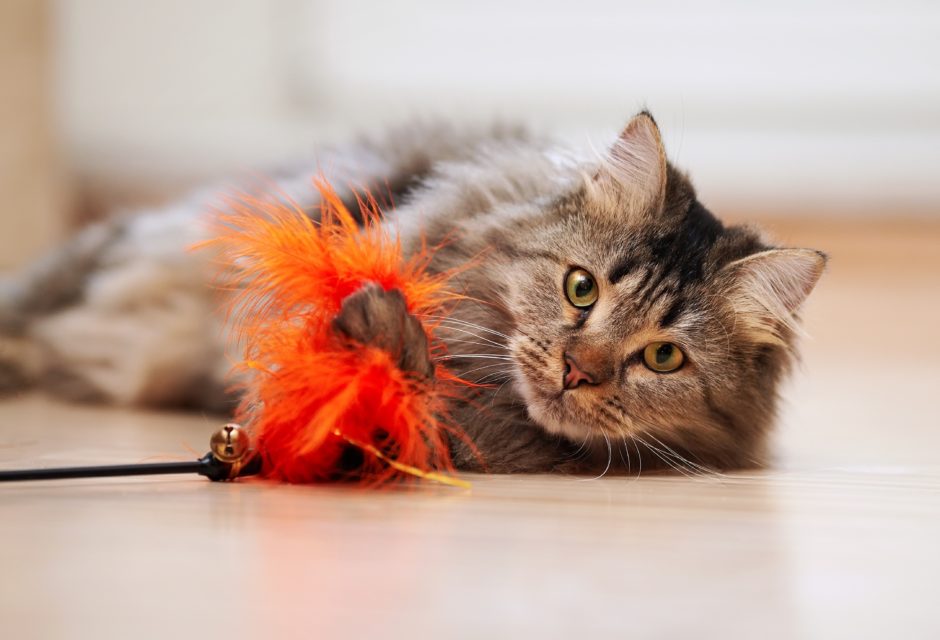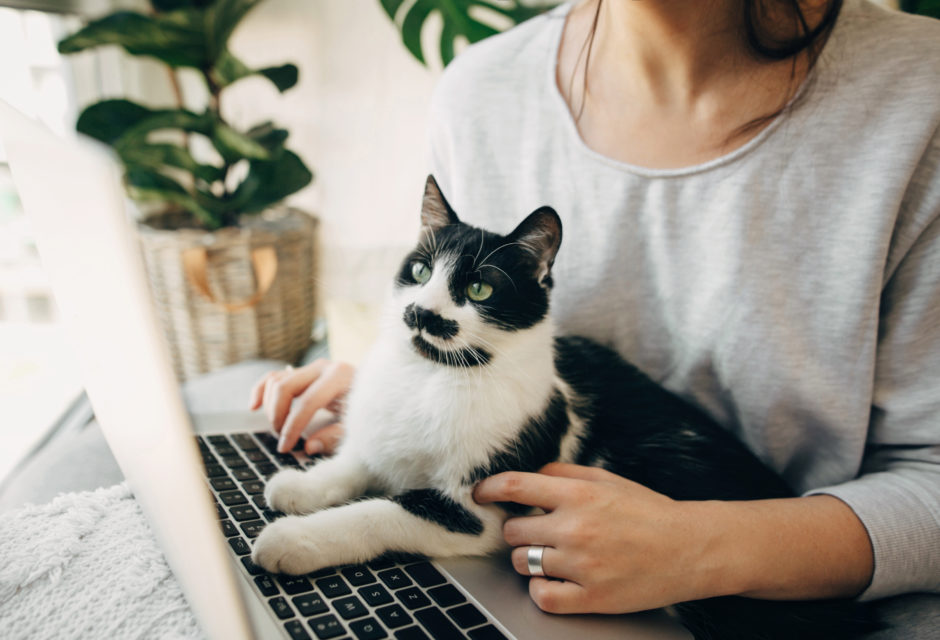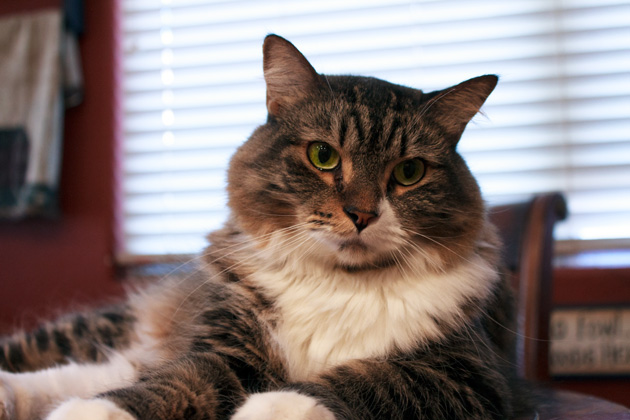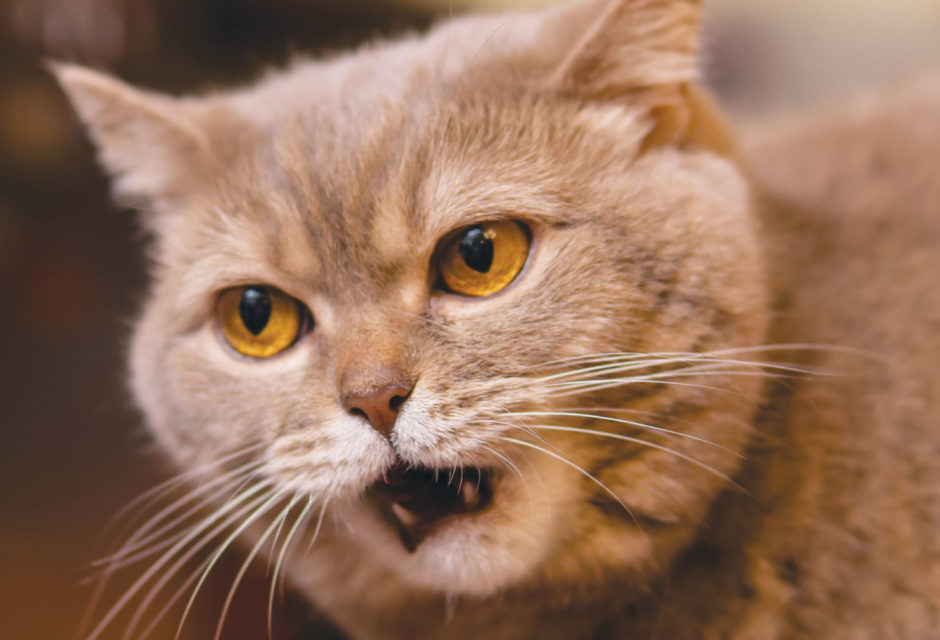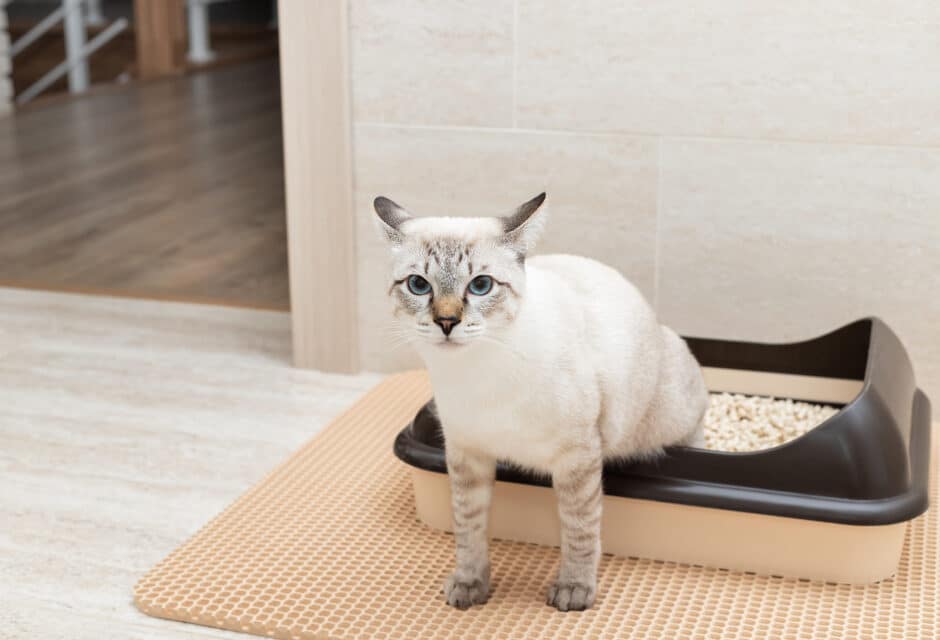
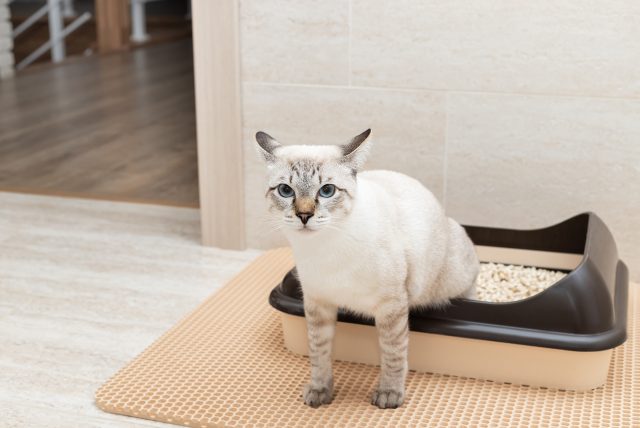
Litter Box Problems
Getting to the bottom of why your cat is eliminating outside of the box
It’s estimated that at least 10 percent of all cats develop elimination problems, such a peeing outside of the litter box. These problems include not using the litter box, sometimes using the litter box, spraying urine/marking, and using the litter box for either urinating or defecating, but not both. In all instances, cats pooing or peeing outside of the litter box proves a problem for cat owners. It’s definitely something you’ll want to tend to right away—once your cat has developed a particular non-litter-box surface or location preference for eliminating, it can be hard to address.
According to the ASPCA, the following common litter box problems might cause your cat to poo or pee outside of the litter box:
- You haven’t cleaned your cat’s litter box often or thoroughly enough. Virtually all cats like clean litter boxes, so scoop and change your cat’s litter at least once a day. Rinse the litter box out completely with baking soda or unscented soap once a week.
- You haven’t provided enough litter boxes for your household. Be sure to have a litter box for each of your cats, as well as one extra. If your home is multi-story, you’ll need a litter box on each floor.
- Your cat’s litter box is too small for her or she can’t enter it easily.
- Your cat can’t easily get to her litter box at all times.
- Your cat’s litter box has a hood or liner that makes her uncomfortable.
- The litter in your cat’s box is too deep. Cats usually prefer one to two inches of litter.
- You’ve placed your cat’s food and water bowls beside her litter box. Generally, cats do not like to eliminate where they eat.
Other Problems
Multi-cat household conflict and medical problems can also cause litter box aversion. Even if you don’t actively see one of your cats blocking access to the litter box, this doesn’t mean conflict isn’t behind the reluctance to use the box. Similarly, if your cat had a medical problem that caused pain upon urination or defecation, this could create negative associations with the box even if the medical problem is now resolved.
Location
Most cats prefer a quiet litter box location with sight lines—so they can see people and animals approaching—and multiple escape routes so the don’t feel cornered when using the litter box.
If you’re finding it difficult to consistently clean the litter box when you should, a great alternative is finding an automatic cleaner. Companies like LitterRobot provide comfortable, enclosed litter boxes that clean themselves, reducing litter smells and keeping your cat happy. LitterRobot even has a tracking feature so you can see how many times your cat uses the litter box, and source any health problems before they arise.*
Litter Type
Most cats prefer unscented, clumping litter OR they could be attached to the litter they used as a kitten—some cats adapt to litter changes no problem but some may feel wary of a litter they didn’t use when young. If you think your cat may dislike her litter type, try offering a few different types of litter in litter boxes placed side by side. Your cat will use the one she likes best.
Accidents
Clean all accidents immediately and thoroughly with an enzymatic cleanser, available at most pet stores, designed to neutralize pet odours. Do not use an ammonia-based cleaner (urine is also ammonia), which can actually cause your cat to want to soil this area again. If your cat has developed a non-litter-box location or surface preference for eliminating, you’ll need to make that surface or area less appealing. Try installing a bright light, or better yet, a motion-activated light, and covering the surface with tin foil, double-sided sticky tape, or the spiky underside of a carpet runner.
A Note on Urine Marking
Urine marking often gets lumped in with litter box problems but it is a whole different beast with different causes and solutions. Generally, a cat who is urine marking still uses the litter box but is also spraying other surfaces, usually vertical, with smaller amounts of urine. You may see your cat, tail held high and perhaps quivering, back up to a surface and spray it with urine. For urine marking solutions, see moderncat.com/spray-marking.
*PS We choose all of our favourite things, some of which may be affiliates of Modern Cat, which means if you purchase, Modern Cat may get something in return. Thanks for your support!
Join the newsletter and never miss out on cat content again!
"*" indicates required fields
By clicking the arrow, you agree to our web Terms of Use and Privacy & Cookie Policy. Easy unsubscribe links are provided in every email.





